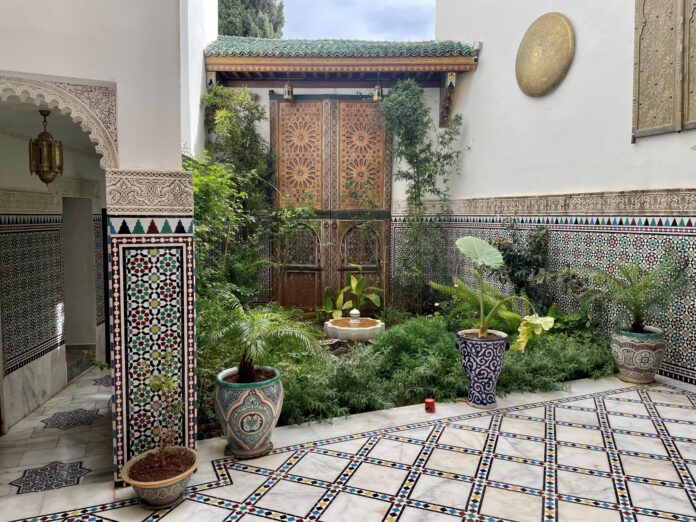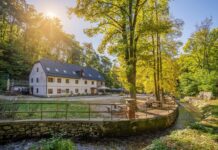I have been longing to visit Morocco for a long time, so I couldn’t wait for the opportunity to discover its slightly different life.
The trip was clearly outlined. Discover the city of Fes, including visiting the capital. Although I was very excited about Marrakech, I was even more curious about Fes, which is said to have a more spiritual aspect. Once an important center of Muslim scholarship, it is now one of the most important historical cities with intellectual character in North Africa.
Magical Strolls
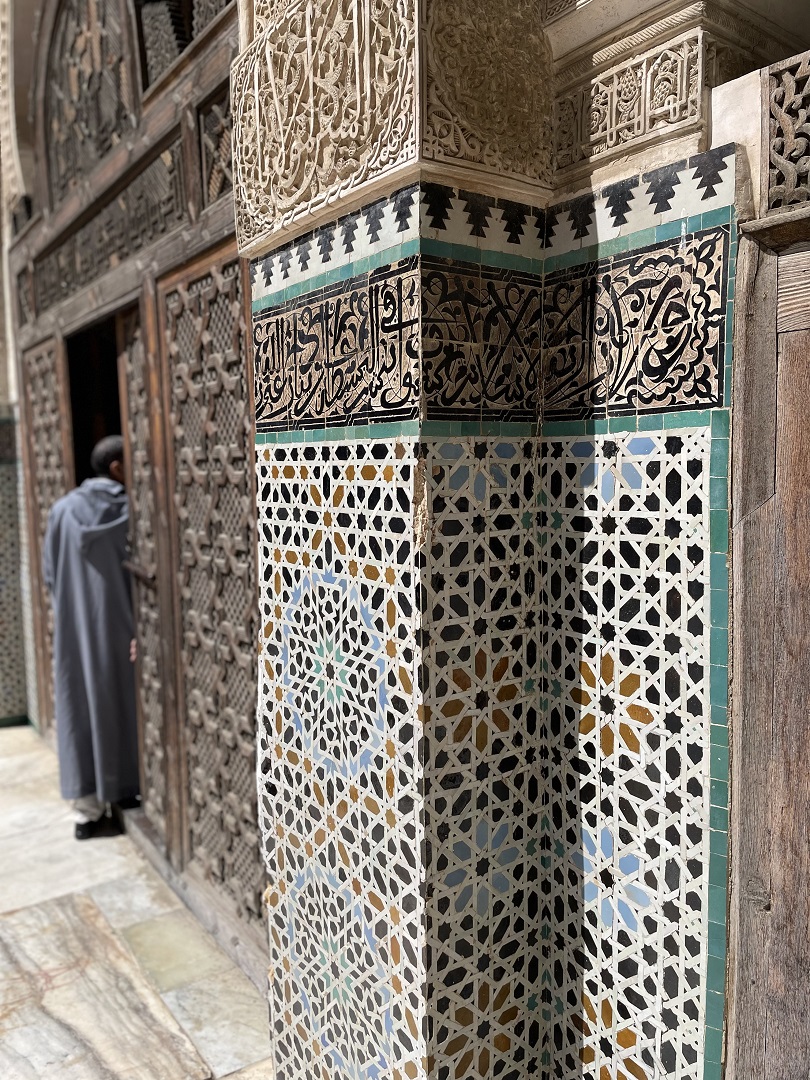
A walk through the ancient and enormous Fes el-Bali medina is really charming. Wherever I looked, I was flooded by bursting colors of original products, various scents, flavors, and, of course, Moroccans. However, do not be afraid to mingle, enjoy, and observe how people live, work, and communicate. As soon as you show interest and respect for their culture, you will be equally rewarded. At least that was my experience, and I was not discouraged even after I let the youngsters (not)consciously lead me through the winding streets, although the advice from the bedeker immediately crossed my mind that they do it only to get a few dirhams out of you. But thanks to this experience, I got to the places where tourists do not go and saw another side of the oldest medina. Together with Fes Jdid, it has been listed as a UNESCO World Heritage Site since 1981. The medina is extensive, so you can easily get lost. The locals can sense your insecurities – as in my case – and take advantage of the situation and help you navigate around. Therefore, at every step, the tourist police are watching closely with a clear target – to punish the disobedient with a massive fine. Still, don’t worry, the main parts of the old medina are surprisingly easy to follow, and if you don’t want to take too many risks, just stick to these routes.
Madrasas, Islamic schools, also served as dormitories for students.
An Unusal Hotel
When I saw pictures of lavishly decorated riad in travel guides or on the Internet, I knew I had to stay there. I considered it as a part of bonding with Moroccan culture. Many riads serve as hotels for visitors. Today, local Moroccans, and foreigners renovate them and often save them from decay. This type of accommodation can be found at different price levels, from cheaper to more luxurious. Riad is a building with a smaller courtyard with a fountain or greenery, providing residents not only privacy but also a pleasant environment where they can hide from the hot summer sun. My breakfast always took place right there, energizing me in the morning. I could enjoy the views of several centuries-old interior walls, carved cedar wood with beautiful colors, or the so-called zellige, handmade mosaics made of the typical Moroccan tiles. Moreover, the chirping of birds and the traditional homemade breakfast were a great start to the new day! Staying in riad was delightful not only thanks to the beautiful architecture and environment but also to the owner, Omar, who, with his dignity and unobtrusive willingness to be helpful, gave it a more romantic impression.
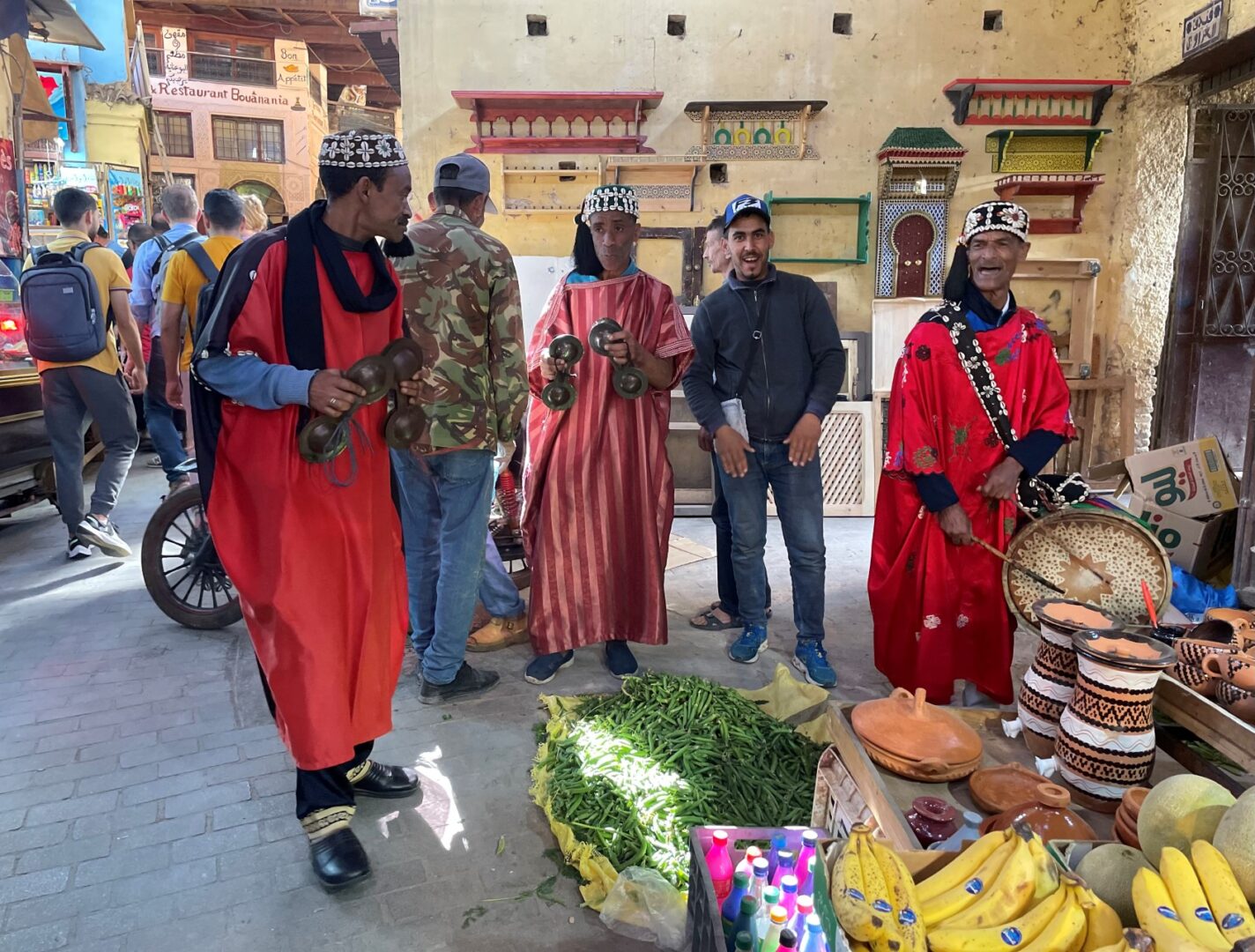
Head to Moroccan Fes with an open mind and heart, enjoy the atmosphere, and breathe in the experience – Moroccans will reward you with their hospitality. While strolling around, I sometimes received a date from the locals, so I walked through the colorful streets in a better mood.
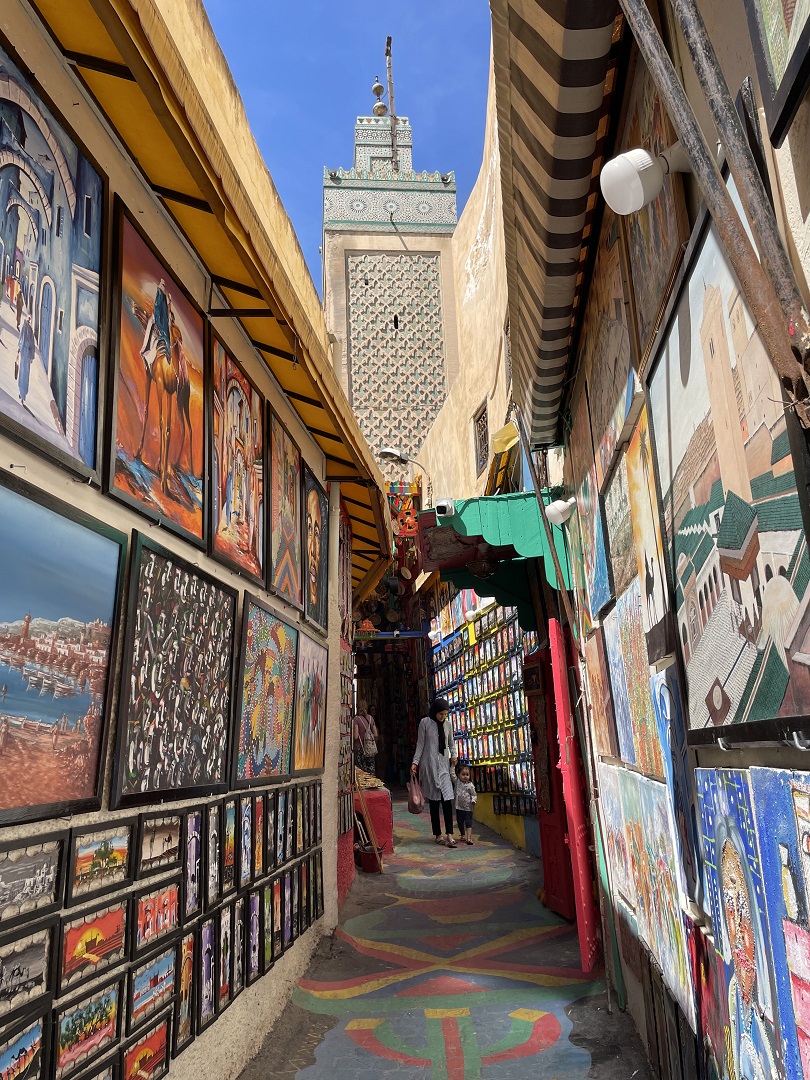
Experiencing charismatic Fes during Ramadan was a great experience. I was lucky that it took place in a time of milder temperature – I dare say that the mood of the Moroccans was also less annoyed, as they did not have to cope with hunger and thirst in unbearable heat. If you plan to visit Muslim countries in this important month, it is good to prepare what places you will see. In the well-known tourist city of Fes, I noticed no significant “restrictions.” On the contrary, I eagerly observed the locals and the Ramadan traditions. However, be prepared because the opening hours of various institutions or stores might differ. Shortly before sunset, I could see how the homeowners quickly stored all the displayed goods in small shops so that they could get home as soon as possible and embark on an iftar – an evening meal. They start with dates and milk and continue with harira, an excellent soup worth trying. They also serve shebakia, a fried treat dipped in honey and sprinkled with sesame. During Ramadan, the sweet delicacy is piled in every stall. When you wish Ramadan Mubarak – have a blessed Ramadan to the locals, you can become the lucky one and be invited to a family dinner – an experience that is definitely not to be missed.
Must-See Places
- Madrasa Bou Inania and Madrasa al-Attarine
Madrasas, Islamic schools, also served as dormitories for students. Most often, they can be found near the mosques where students go to learn. As in the case of mosques and riads, there was a courtyard with a fountain in the middle. The two madrasas are the most beautiful ones, and the imposing architecture only confirms the precise artistic work of Moroccan masters.

- Al-Karaouine University
It is one of the most remarkable monuments (not only) in Morocco. Once a small prayer hall, it was allegedly founded in 857 or 859 by Fatima al-Fihri, the daughter of a wealthy merchant, who emigrated there with her family from Kairouan in Tunisia. At almost the same time, Fatima’s sister Mariam allegedly founded the Andalusian Mosque, which is in use today. It is not easy to get a comprehensive picture of the size of Al-Karaouine University, as it is hidden in narrow alleys between buildings. Since it serves as a mosque, non-Muslims are forbidden to enter. So, we had no choice but to look inside or at its typically green roof from the surrounding houses.
Text and photo: Miriama Vojteková




